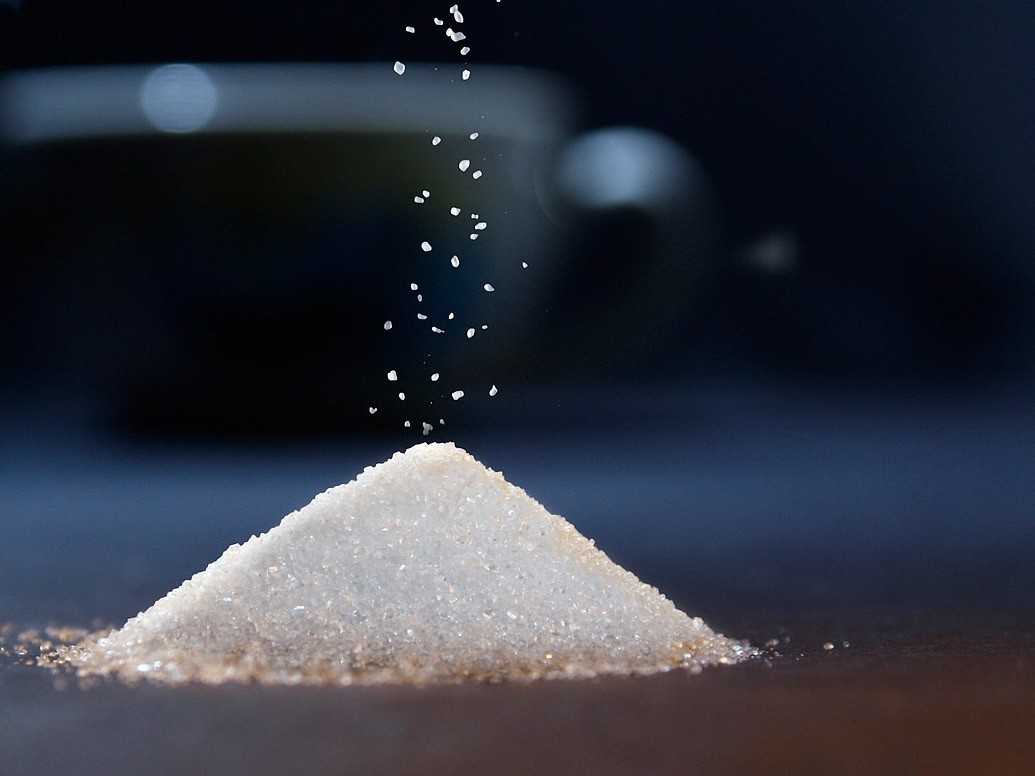Rethinking drinks at school: What are added sugars, anyway?

There are a lot of rules in school nutrition and some might leave you scratching your head. When it comes to beverages, the main goal is to minimize added sugars. Why is that – and what even are added sugars?
Added sugars are any extra sugars added to food or drinks for taste, color, other reasons.
They are distinctly different than “natural” sugars, which are naturally present in food or drinks. For example, fructose is a sugar naturally found in fruit. Lactose is a sugar naturally found in milk.
While sweeteners such as maple syrup, honey and agave nectar are naturally occurring, they are still considered to be added sugars. They are usually added to foods and beverages rather than consumed alone.
The biggest source of added sugars in the American diet is sugar-sweetened beverages (SSBs), accounting for 35% of all added sugars we take in. Examples of SSBs include soda, energy drinks, lemonade, sweet tea, and coffee drinks.
Sweet drinks taste great, but getting too much added sugar can cause health problems.
SSBs are easy to drink quickly and as a result, you may take in a lot of extra calories without other nutrients to keep you full and satisfied. Over time, this can lead to weight gain and increase the risk of heart disease, diabetes, some types of cancer, and more. Dental cavities are also a concern.
So how much is too much?
According to the Dietary Guidelines for Americans, added sugars should make up no more than 10% of your daily calories. For a 2000 calorie diet, that’s no more than 200 calories. Keep in mind that calorie needs vary. Many people, including younger students and inactive adults, need fewer calories and therefore should take in fewer added sugars.
Added sugars are listed on Nutrition Facts labels in grams, not calories. Continue to the next blog post in this series to learn how to convert between the two!


